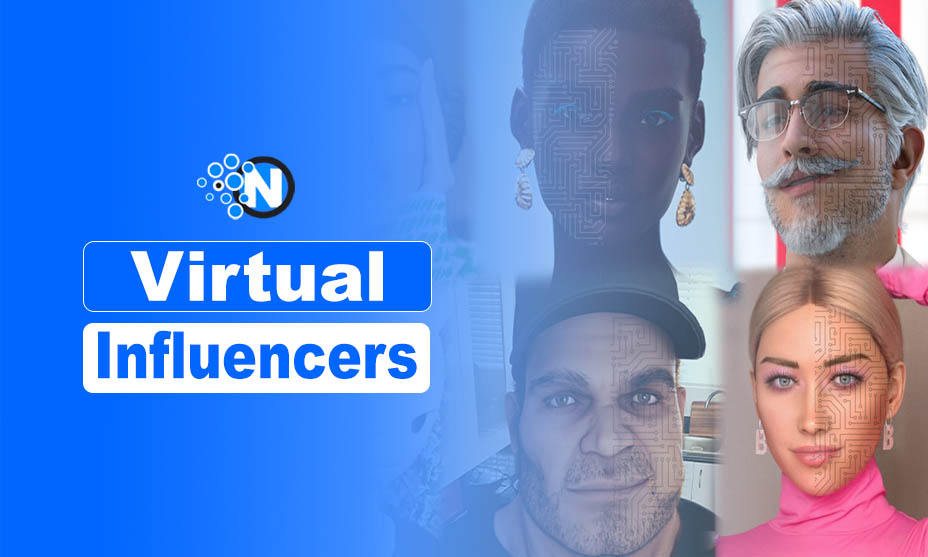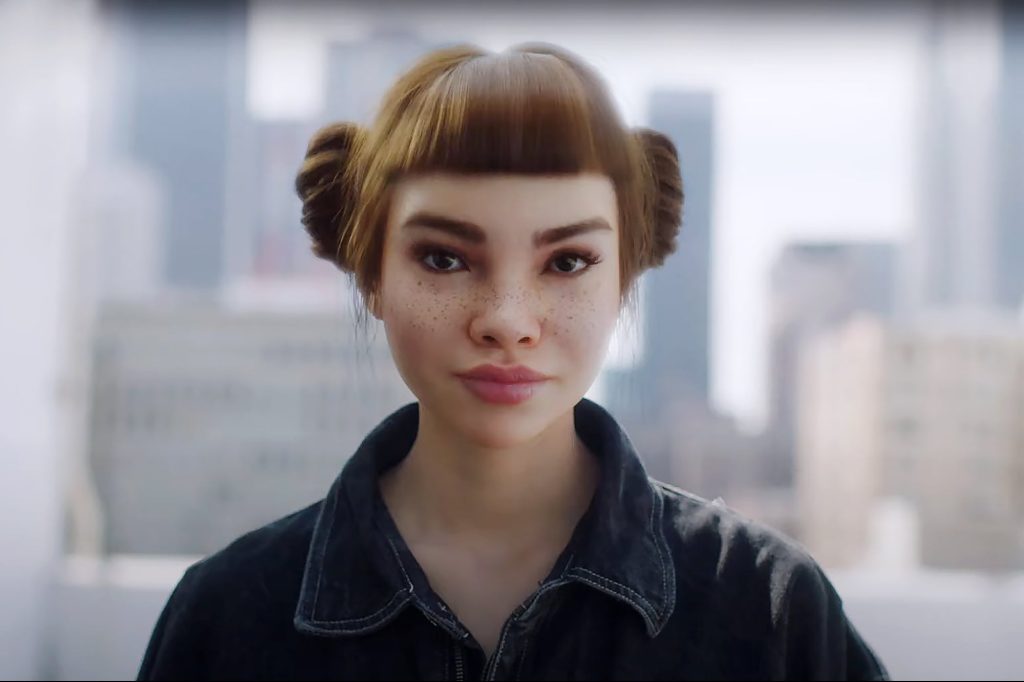Exploring the Popularity and Ethical Concerns of Virtual Influencers

Imagine scrolling through Instagram and coming across a fashion icon with flawless skin, rocking the latest trends, and hanging out in exotic locations! Yes, these are Virtual Influencers, not humans.
These AI-generated characters are taking social media by storm, scoring major brand deals and getting millions of followers. But hold on a sec, because with all this glitz and glam, there are some ethical issues below the surface. We are talking about transparency, unrealistic beauty standards, and the whole idea of who’s really in control.
So, get ready as we dive into the fascinating world of virtual influencers and explore why they’re so popular. Uncover the ethical questions that need some serious thinking. We will also discuss if these digital darlings are here to stay and how we can make sure they’re used for good, not manipulation!
Why We Are Enticed to Virtual Influencers?
As revealed by Private Internet Access (PIA), Barbie, Lu do Magalu, and Lil Miquela are the three most popular virtual influencers on social media, what makes virtual influencers so appealing? Their increasing popularity is attributed to several factors:
Flawless Aesthetics
Virtual influencers are created to perfectly capture the newest beauty standards and cultural trends. As opposed to human influences whose appearances are subject to human limits. Particularly to younger generations, their immaculate skin, colorful hair, and ideally proportionate features can be visually alluring.
Unlimited Creativity
VIs provide countless creative opportunities as they are not bound to the limitations of the real world. Their designers’ imaginations are the only restrictions on where and what they can appear in, wear, and engage in. They can create original, captivating content that appeals to particular audiences because of their limitless inventiveness.

Image Source (Entrepreneur)
Managed Storytelling
Through virtual influencers, marketers can carefully select stories and messaging. They may be carefully managed in both their words and actions. Maintaining a consistent company image and avoiding PR issues that can arise with human influencers.
Global Appeal
These are digital entities that cut over linguistic barriers and cultural divides. They are a potentially formidable instrument for international brand marketing strategies since they may be localized for various markets, speaking different languages and according to regional trends.
Longevity
Virtual influencers can continue to look young for an extended period of time, in contrast to human influencers who change over time. This puts an end to worries that brand ambassadors would become less desirable or fall out of favor because of personal scandals.
Virtual Influencers – Brands’ New Frontier in The Influencer Market
For marketers looking to expand their audience and reach new demographics, virtual influencers present creative engagement opportunities. Here are some ways that VIs are changing the influencer marketing industry:
Reaching New Audiences: Brands can target younger generations who spend a lot of time online or niche markets by customizing virtual influencers to fit specific demographics.
Cost-Effectiveness: They can be less expensive to establish and manage than more conventional celebrity or influencer collaborations. Furthermore, marketers have more control over the message and image they convey, which may lessen the risks involved with using human influencers.
Engaging Content Creation: Virtual influencers are naturally creative characters, and they can create interesting content in a variety of forms, such as AI-powered chatbots, interactive live broadcasts, and captivating images and videos.
Controlled Messaging: Companies are able to keep strict control over the story that goes along with their VI and guarantee a consistent message. This removes the possibility of contentious actions or surprising remarks harming a brand’s reputation.
Ethical Concerns and Unexpected Problems
Even if virtual influencers provide several benefits, there are important ethical concerns that should not be neglected:
Transparency
The possibility of deception is a major concern. Virtual influencers comes with the risk of deceiving viewers if they are not made explicitly apparent that they are digital works, particularly younger audiences who might find it difficult to tell the difference between simulation and reality.
Authenticity and Trust
The effectiveness of influencer marketing is mostly dependent on relatability and human connection. But virtual influencers don’t have the same innate authenticity as people. Their meticulously constructed personalities may come out as fake and impersonal, which could erode customer confidence.
Unrealistic Beauty Standards
Perfectly created virtual influencers have the potential to perpetuate unattainable beauty standards, especially for young people who are more vulnerable to social pressures related to looks.
Ownership and Control
It can be difficult to determine who has actual ownership and control over the actions and messaging of virtual influencers. They have the potential to be manipulated and exploited if they are used maliciously or to disseminate false information.
Regulation and Accountability
To guarantee openness and safeguard consumers as VI technology develops, precise rules and moral standards are required. In order to secure the responsible usage of these digital identities and to distinguish between virtual influencers and human influencers, standards must be created.
Moving Forward with a Higher Moral Standard for Virtual Influencers
So, how can we make sure that virtual influencers are used properly and ethically? Here are some potential solutions we can consider:
Transparency is the Key: Consistent and clear disclosure is necessary. It is the duty of platforms and content developers to highlight virtual influencer content so that users are aware that they are engaging with a virtual character. In addition to building trust, this protects customers from possible fraud.
Put Your Attention on Creativity Rather Than Perfection: VIs don’t have to live up to phony ideals of beauty. They can be created to highlight variety and encourage acceptance of one’s physique. Rather than perfection, the emphasis should be on innovation and storytelling so that virtual influencers can engage viewers more deeply.
Put Collaboration First: Making use of the combined influence of real and virtual allies can be a very effective tactic. While virtual influencers offer limitless inventiveness and the ability to push limits, human influencers can bring relatability and authenticity. An influencer marketing experience that is more responsible and engaging can result from this relationship.
Regulation and Education: To ensure that virtual influencer is used responsibly in marketing and advertising, social media companies and governments must work together to develop clear regulations. The development of critical thinking abilities can aid consumers, especially those in younger generations, in navigating the increasingly indistinct boundaries between simulation and reality in the virtual world.
The Bottom Line
Influencer marketing has entered an exciting new chapter with virtual influencers. It is indisputable that they have the power to attract audience, cross boundaries, and provide countless creative opportunities. Nonetheless, it is impossible to overlook ethical issues. We can make sure this technology is used for good by emphasizing transparency, encouraging ethical virtual influencer creation, and encouraging collaboration between real and virtual influencers.
Ultimately, the future of virtual influencers lies on maintaining a balance, embracing their potential for innovation while maintaining the ideals of authenticity, trust, and appropriate marketing methods. They have the potential to significantly increase brand power and improve the global online shopping experience for customers.




